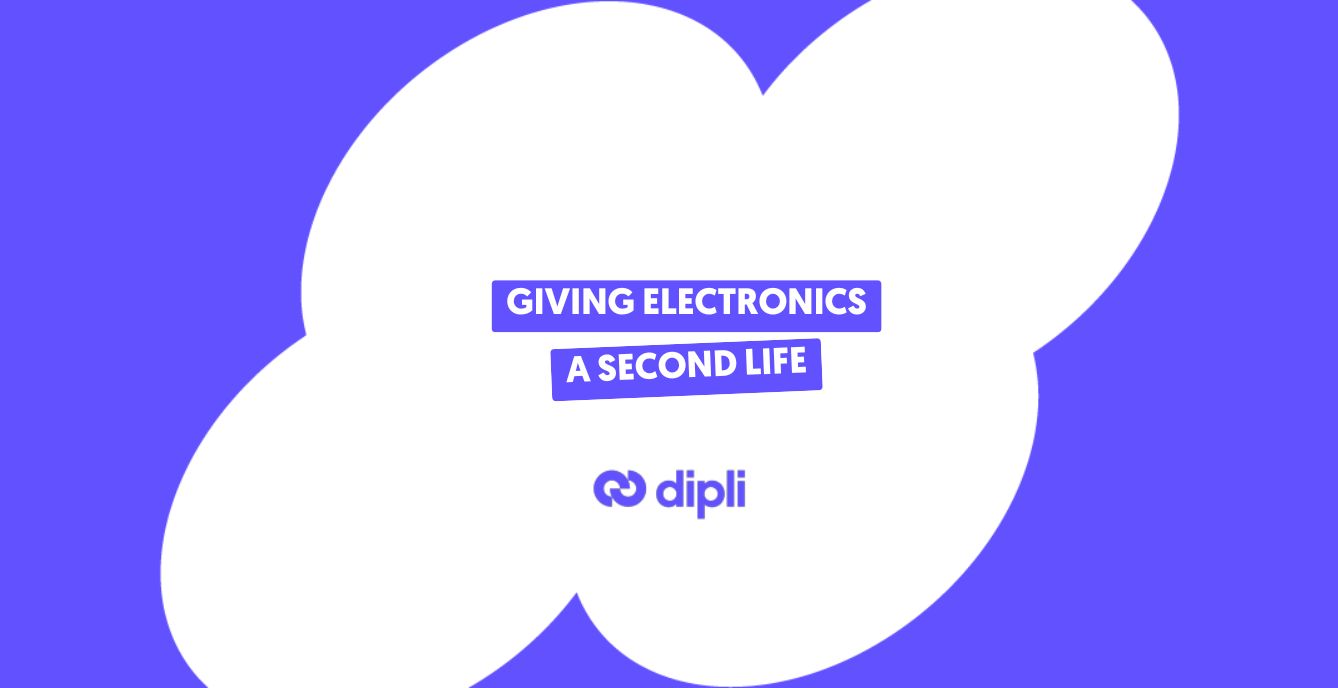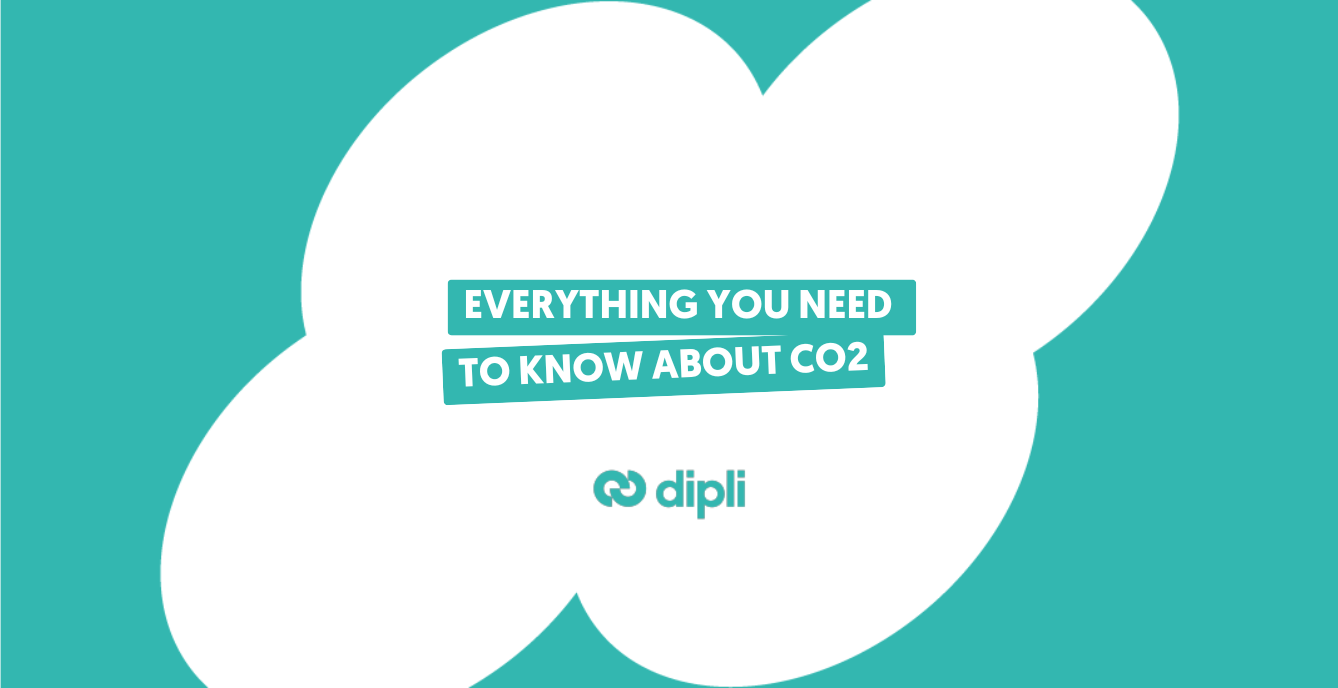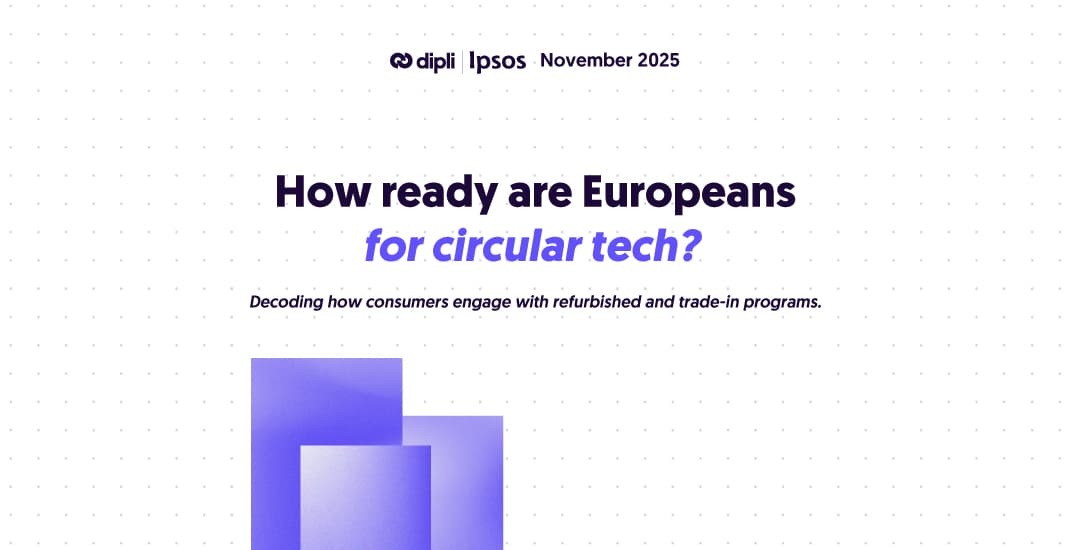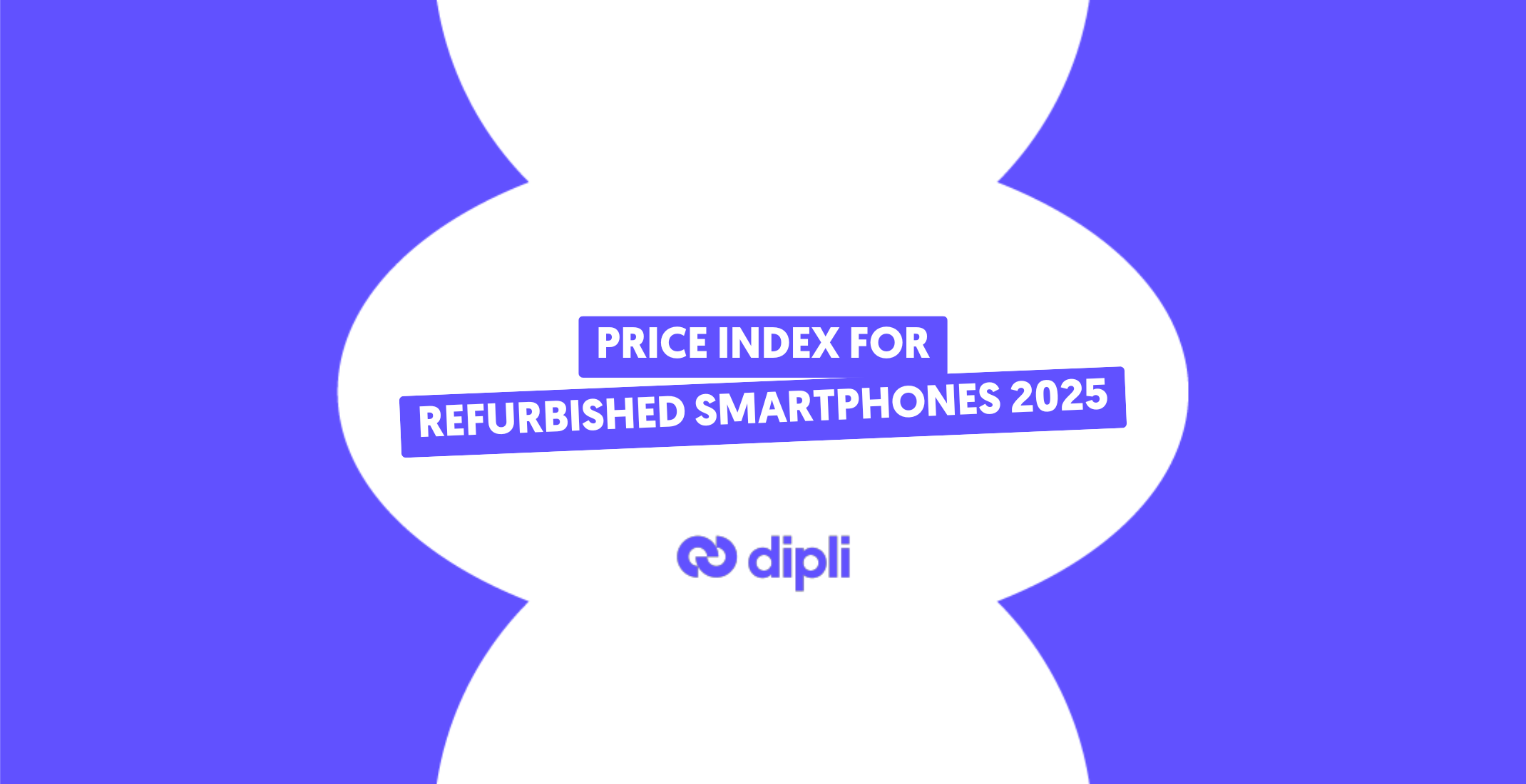The impacts of smartphone manufacturing on the environment and populations
Source: ADEME – Circular Economy.
In 2019, more than 50 million tonnes of electrical waste and electronic equipment (WEEE or E-Waste) were produced worldwide. Either a weight greater than that of all airliners built so far or equal to the number of Eiffel Towers it would take to fill Manhattan!
The manufacture of a smartphone (from ore extraction to final assembly) is responsible for about three-quarters of these environmental impacts, which are largely attributable to the screen and complex electronic components (microprocessors, etc.). The advantage of second-hand products: there is no waste generation when reconditioning an electronic device. Working components can be reused in other products almost indefinitely. The environmental impact and waste are limited, the circular economy is highlighted !
The solution : second hand and circular economy
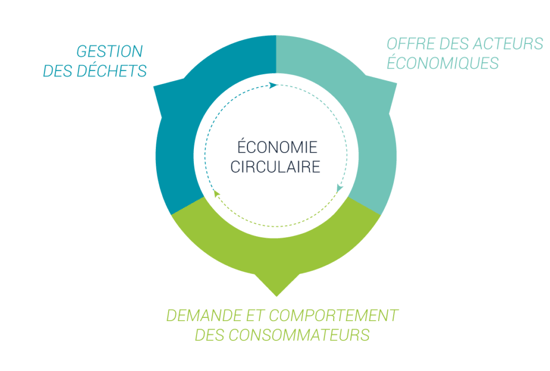
Giving a second life to our electronic devices rather than buying new ones reduces waste production. Working components can be reused in other products almost indefinitely without compromising the quality of electronic devices.On the social side, the impact of the refurbished market is strong. It makes everyday products more accessible to all and creates jobs. The sector hires in the commercial, logistics, technical and engineering trades.

